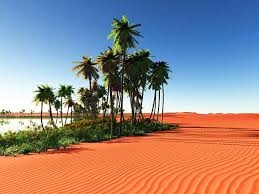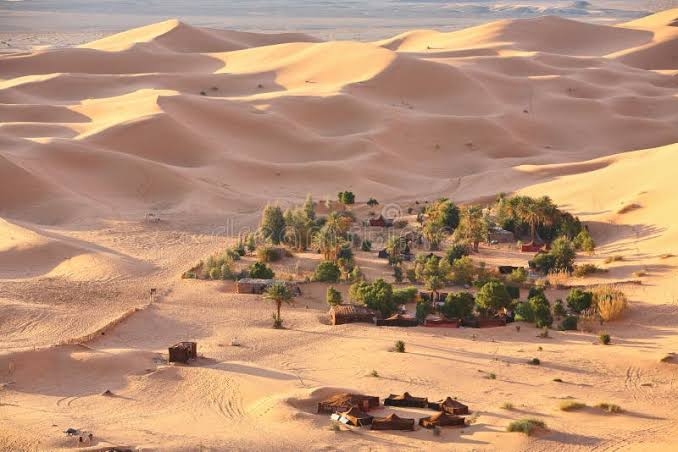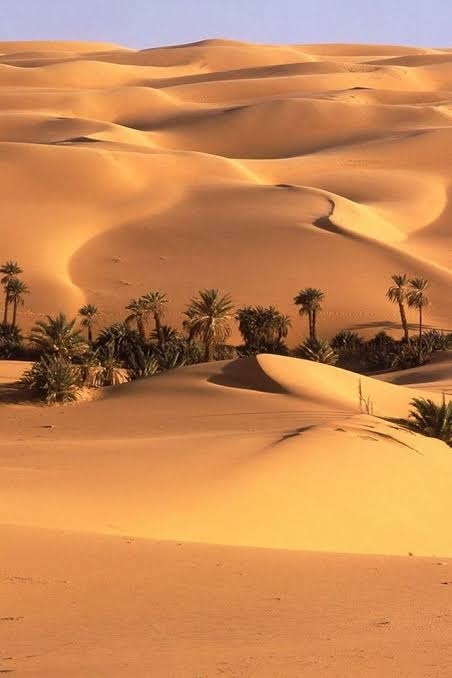




Day 3 of discover Africa Challenge
Ashaolu Opeyemi Christiana@opeyemichristianaashaolu397557
1 year ago
Deserts and dunes
On today's episode of discover Africa Challenge, your host is Ashaolu Opeyemi Christiana, and we'd be exploring a desert in Africa known as the hottest desert in Africa and one of the hottest desert in the world and it is Nick named Great desert but it is generally known as Sahara desert. Come with me as we explore this desert together.
The Sahara desert
The Sahara Desert is the largest hot desert in the world and also the hottest desert in Africa covering an area of approximately 9.2 million square kilometers across North Africa. It is known for its extreme heat, with summer temperatures reaching up to 50°C (122°F) during the day and dropping significantly at night in some areas. The desert is located in countries such as Algeria, Chad, Egypt, Libya, Mali, Mauritania, Morocco, Niger, Sudan, and Tunisia as it covers roughly 25% of Africa.
This desert holds great spiritual significance for many indigenous peoples, with ancient cultures and traditions deeply rooted in its vast landscape. It is also home to a diverse range of flora and fauna, with many species adapted to the harsh desert conditions. The desert holds deep cultural and historical significance for the indigenous tribes and nomadic communities that have inhabited the desert for centuries. The desert has also been the setting for various cultural and spiritual practices of the Tuareg and Berber people, among others.
The Sahara is characterized by a hyperarid climate, with very little rainfall. Rainfall is irregular and can range from less than 1 inch to 4 inches per year in some areas, making it one of the driest places on earth. This extreme aridity, combined with the scorching heat, makes the Sahara a dangerous and unforgiving environment for human survival.
The desert has been the site of many deaths due to extreme heat and dehydration, with an average of 1,200 individuals perishing each year while attempting to cross the desert in search of a better life or for other reasons. These numbers are likely underreported as many deaths go unrecorded due to the remote and inaccessible nature of the desert.
Amidst all these it is important to note that the Sahara is not entirely devoid of life, as there are oases and pockets of vegetation that support some flora and fauna.
Despite how scary this desert sounds it's a place worth visiting..
I'd stop here today in order not to take too much of your time, tomorrow we hop on another place in Africa.
Picture Credit
Chrome and Pinterest
#DiscoverAfrica#ExploreAfrica#AfricanTourismSpotChallenge#NircleNewsFeed#SadPen#NircleCommunity
